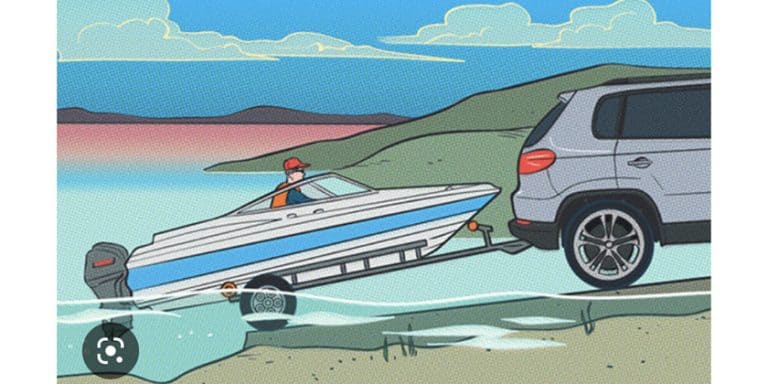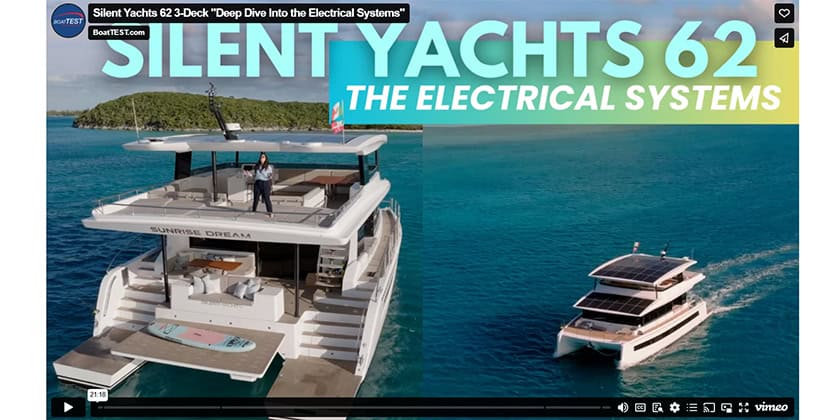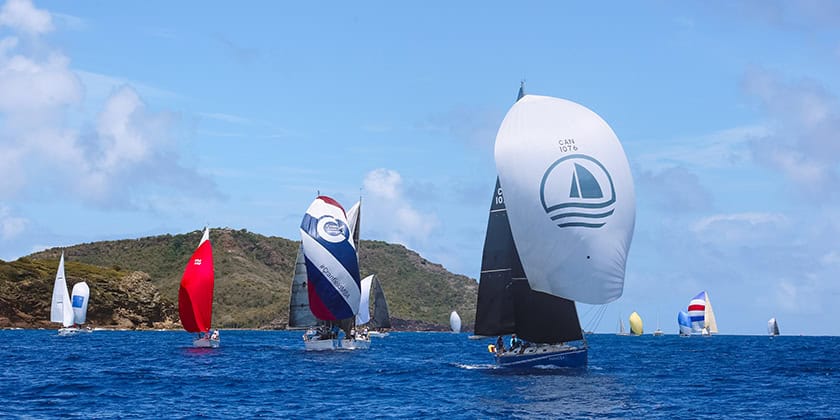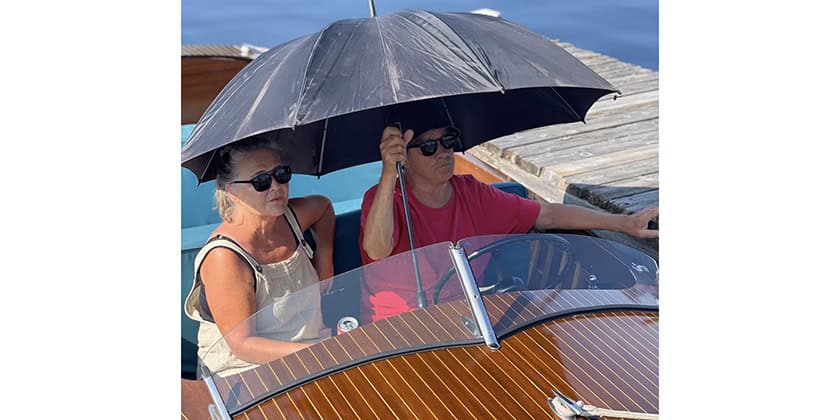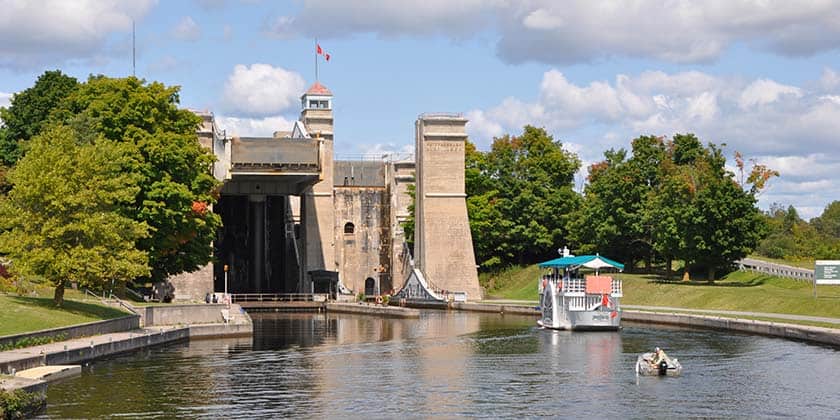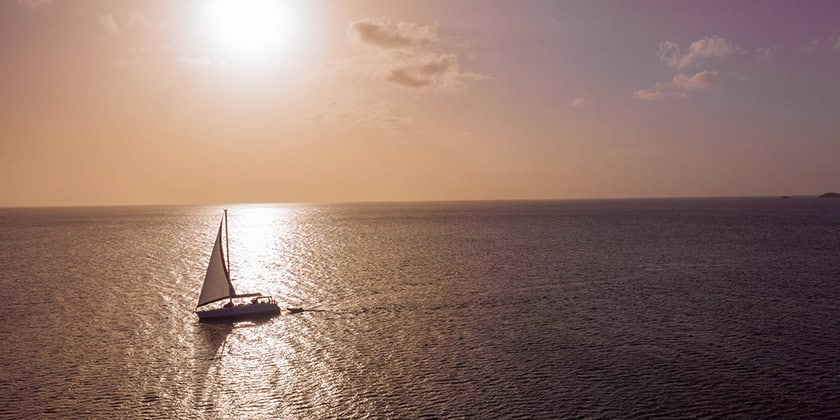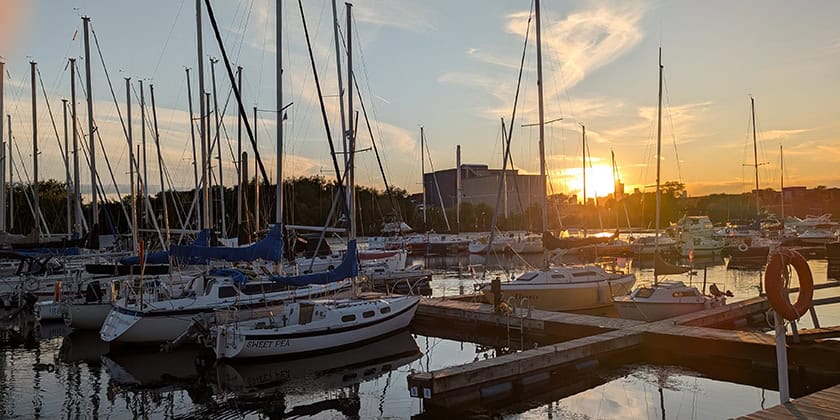Ask Andrew – boating year round: off-season projects
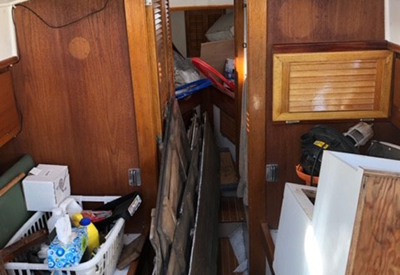
Nov 22, 2018
A slew of winter projects in one shot: teal decking to be refinished, interior teal bulkheads to be oiled, and cabin top to be cleaned and painted!
Recently I suggested doing an off-season (winter) project with a potential client, and my suggestions was met with surprise; surprise that she wouldn’t have to move her boat, and not have to worry about additional storage costs. I suggested doing the work on-site, at her yacht club, using shrink-wrap and heaters to protect the work and make myself comfortable while aboard – and proposed a schedule that would ensure that the work would be complete well ahead of launch, allowing her to maximize her days of sailing without any down-time for repairs.
I think that boating should be a year-round activity – enjoying your boat in season, and planning projects and upgrades in the winter off-season.
What can or can’t you work in this off-season?
Exposure to the elements is your only challenge. This can be overcome with tarping or shrink-wrapping, and the use of heaters while working aboard on cold days. There are only a few types of projects that I avoid due to the elements: the use of any products that require warm temperatures to properly dry or cure – namely, fiberglass, gelcoat and paint/varnish work. The sky is the limit on other projects. Here are a few ideas to take on this off-season:
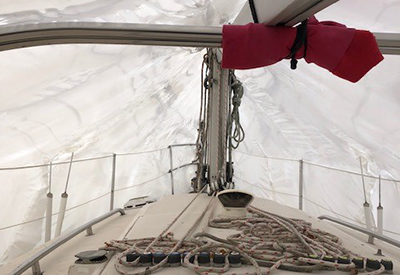 Warm and dry inside a shrink-wrap covered boat
Warm and dry inside a shrink-wrap covered boat
1) Electrical upgrades: upgrades to existing electronics (GPS, chartplotters, wind instruments, etc), or the replacement of older batteries, wiring and breaker panels.
2) Plumbing upgrades: replacing faucets, installing a shower or head, adding a water-heater, water pump or water lines.
3) Re-powering – replacing an engine (or engine parts) with a newer more efficient version – or perhaps the switch to electric propulsion
4) Mechanical additions: Bow or stern-thrusters, electric windlass, autohelm, air conditioning, heating or refrigeration units
5) Wood-working – installations, repairs to existing woodwork, sanding and prepping for fresh varnish as the temperatures warm. Treat interior woodwork with teak oil
6) The bilge: Draining, cleaning and painting the bilge. Testing and replacing bilge pumps and float switches
7) Marking leaks and removing obstacles (cabinetry and fittings) to get at the water’s entry point to repair
8) Interior customization: redesigning cabinetry, cupboards, tables and surfaces. Replacing cushions, window coverings or upholstery
9) Review your sail inventory, lines, sheets and rigging – make note of worn parts and begin a plan to replace them as necessary
10) Pull your mast from it’s rack and go over its rigging, lights, structural integrity and make notes for repair before stepping
11) Replace plexi companionway hatches or portholes
12) Buff and polish stainless fittings
13) Lubricate deck hardware: clutches, winches and blocks
14) Pull out your safety equipment – dispose of expired flares and make sure that your safety gear meets Transport Canada regulations
15) Sit on your boat and dream. Read a nautical adventure. Flip through vendor catalogues. Peruse charts. Plot a course for next season. Enjoy!
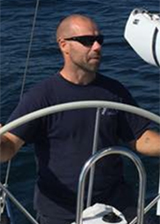 Andrew McDonald is the owner of Lakeside Marine Services – a boat repair/maintenance firm based in Toronto. Andrew has worked in the marine industry for 12 years and is a graduate of the Georgian College ‘Mechanical Techniques – Marine Engine Mechanic’ program.
Andrew McDonald is the owner of Lakeside Marine Services – a boat repair/maintenance firm based in Toronto. Andrew has worked in the marine industry for 12 years and is a graduate of the Georgian College ‘Mechanical Techniques – Marine Engine Mechanic’ program.
Questions or comments for Andrew? Email him directly via: askandrew@lakesidemarineservices.ca




